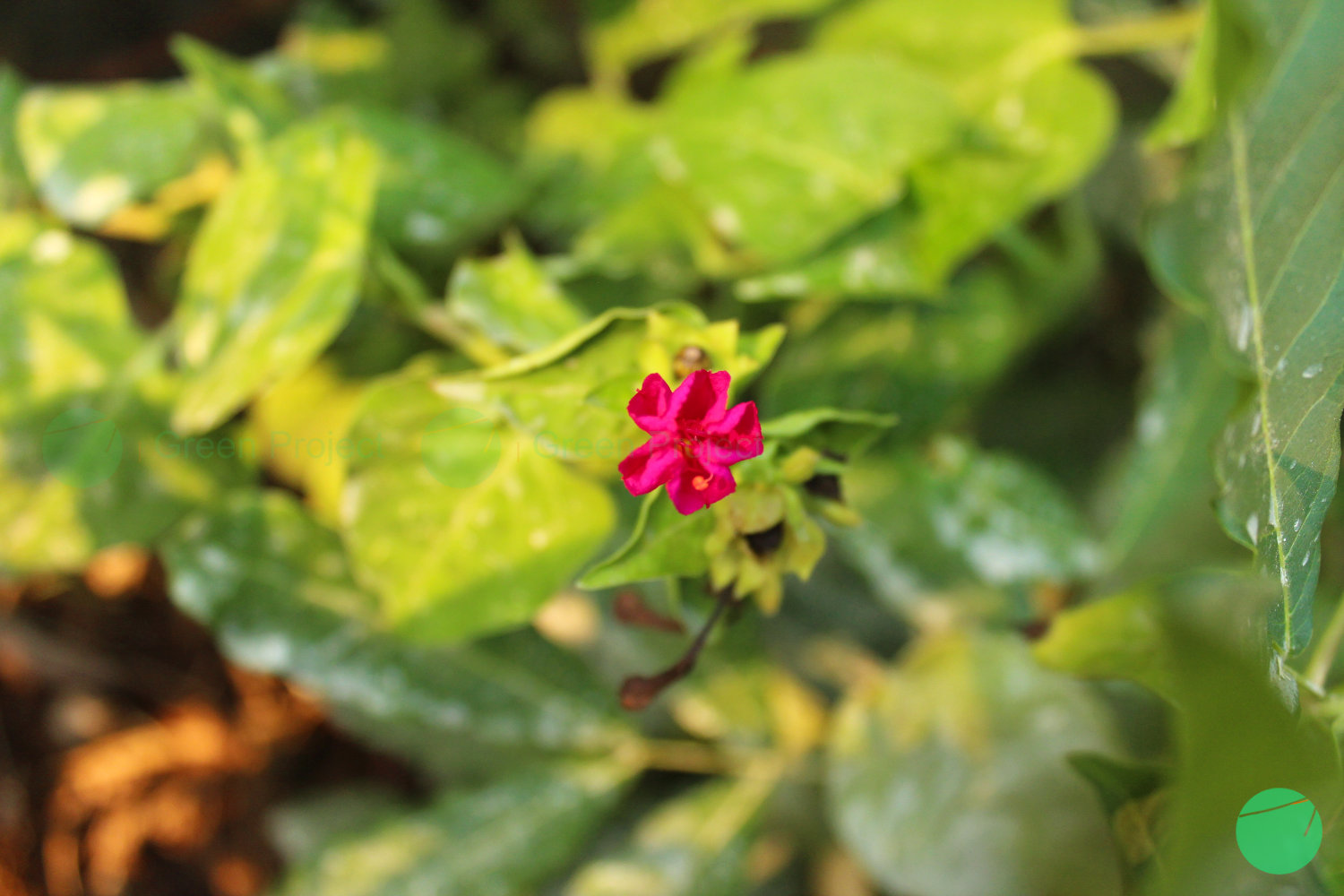Naming Identity
Bunga pukul empat is scientifically known in Latin as Mirabilis jalapa. Internationally this plant is popular with the names marvel of Peru, Four-o-clock or false jalap.
The genus name, Mirabilis comes from Latin which means "amazing", chosen by Carl Linnaeus in 1753. While the specific name, Xalapa, is the name of the capital of the state of Veracruz on the coast of Mexico (Mirabilis Jalapa - Northwest Horticultural Society, 2022). The city became known as the "city of flowers" mainly because of its ideal growing climate. In this city the type of jalapeno chili also originates.
Its popular name, four-o-clock, refers to a legend which says that this plant is best seen at four o'clock in the afternoon, which is when its flowers usually bloom (J Vélez-Gavilán, 2022).
Taxonomi
Kingdom | Plantae |
Phylum | Tracheophyta |
Class | Magnoliopsida |
Order | Caryophyllales |
Family | Nyctaginaceae |
Genus | Mirabilis |
Species | Mirabilis jalapa |
Origin
Several research sources believe that this plant comes from the Andes in Peru. Another thing that strengthens this statement can also be seen from its naming by Carl Linnaeus in 1753 and its popular name as the marvel of Peru and because this species was exported from that region to Europe in the 1500s.
However, other research suggests that it is possible that this plant originated from the Mexican region as it was recorded in the chronicles of the Mexican conquest and grew in Aztec gardens before 1521 (J Vélez-Gavilán, 2022).
Shape Description
The four o'clock flower is an annual tuber herb with a height that can reach up to 1 meter. The characteristics of this plant lie in its trumpet-shaped flowers with variations in white, yellow or red. The flowers are lemon-scented with a habit of blooming which occurs in the afternoon or which according to legend blooms at four in the afternoon and remains open until the next morning.
The flowers are arranged in groups of around 3 to 7 and measure up to 5 cm long. Meanwhile, the oval and triangular leaves are arranged oppositely.
The fruit is dry and almost round with a wrinkled surface. Dark brown to black with a width of 7 - 9 mm.
The trunk stands upright with many branches and is cylindrical. The surface is glabrous or slightly pubescent.

Invasive Nature
The four o'clock flower plant is known to have no potential to become a weed. However, this plant can move out of the garden into nearby areas and naturalize in disturbed areas.
This plant has been declared an invasive plant in the Asian region including Indonesia, China, Maldives, and the Philippines as well as the continents of Africa, South America, and Oceania.
Benefits of Four O'Clock Flowers for Health and Other Uses
The four o'clock flower plant is a tuber herb that has sometimes been planted annually as an ornamental plant since the 1500s. Now, the popularity of this plant is said to be declining in several countries.
Apart from being used as an ornamental plant, four o'clock flowers are also used as cosmetic powder, beads, magical amulets and as a dark red dye. In India, the leaves are mixed with ground white bottom and given to chickens, believing that the mixture will produce more eggs (J Vélez-Gavilán, 2022).
In China, the root is used in traditional medicine as a laxative. Extracted leaves which are processed into juice are applied to wounds, while the decoction is applied to abscesses (NParks | Mirabilis Jalapa, 2024).
A decoction of the flower parts of the four o'clock flower plant has also been used as an anti-inflammatory drug in traditional medicine. This use was further strengthened through research conducted by Hidayatul Ihsan et al. (2021) with findings stating that the four o'clock flower plant has potential as an anti-inflammatory drug by stabilizing red blood cell membranes.
Even though it has been used in various traditional medicines, the four o'clock flower plant, especially the seeds, is very poisonous and is not recommended to be swallowed.
The four o'clock flower plant is also stated to have the potential for soil bioremediation in areas contaminated with heavy metals such as cadmium (J Vélez-Gavilán, 2022).